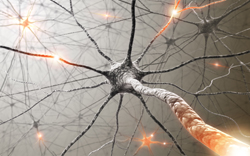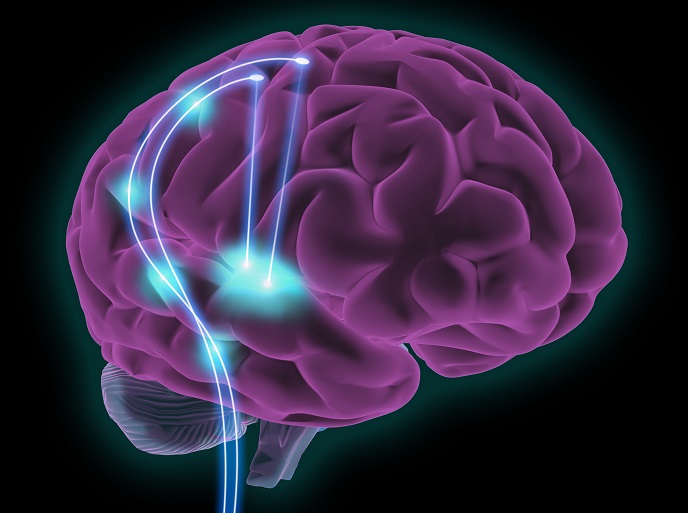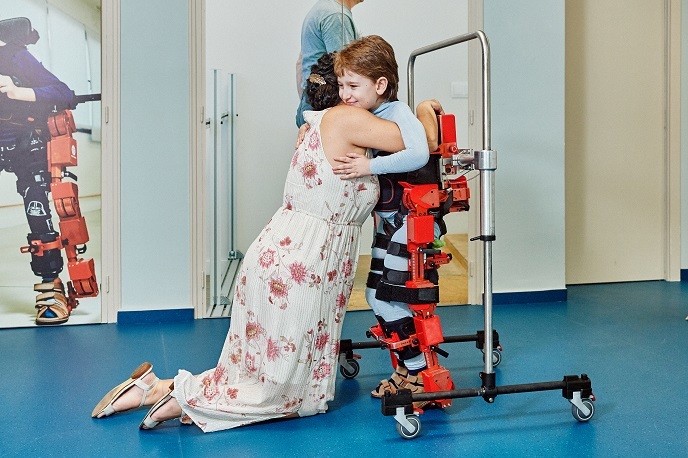Electronic stimulation device for incontinence
Bladder dysfunction, either urinary incontinence or urinary retention is a serious problem and at present affects more than five percent of the European population. Not only is quality of life severely impaired for the patient but the cost to the health system is significant. Neuromodulation techniques were developed to stimulate and modulate nerve fibres within the groups of nerves involved, for example, the sacral nerve bundle. Scientists with the EU funded project Rebec Neuromodulation aimed to develop an implantable neuromodulation device in conjunction with advanced related techniques and surgical procedures. In order to test the novel neurostimulators, reliable animal models were developed to represent the same unstable bladder conditions as found in human patients. Researchers at the University Hospital Schleswig-Holstein in Germany were able to induce the same inflammatory and pathophysiological conditions of an overactive bladder allowing investigations under normal life conditions. The same team of scientists then went on to test the newly developed signalling devices. Other applications may include using the signals in deep brain stimulation required in some treatments, Parkinson's disease being a prime example. However, further research is needed as a specialised implantable system is required for the novel electronics and electrodes.







